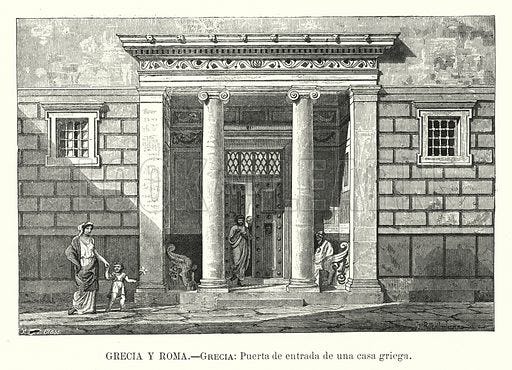The doors leading to the Egg are closed. Its centuries-old surface which had lent ears to treason, cockfights, adultery, and other historical incidents stands three meters tall before me. I doubt it will survive my reign, should it ever come. The brass knockers on each door are shaped like a stag’s head. Its teeth, sharp like a wolf’s and twice as long, belonges to a nightmare more than any predator. I remember how I had once cut my hand on them as a child. My father stared as I held back tears before his witch kneeled down and ripped part of her dress. As she wrapped the black cloth around my injury she whispered for my ears alone, never make noise around a bukavac. A shiver runs through my body. I snort half a teaspoon of Oyari powder. It makes my nostril feel rash. A minute or two go by before I grab hold of the antlers and push the doors open.
There is a trend that has been buried for too long and deserves a comeback–no, not cloaks. Not guillotines either. Stop it. (Perhaps the reinstatement of trials by combat but are we ready for that conversation?) Door Knockers. These ornaments add an imperious aura to a house without having to explore its interiors. They come in all shapes and forms but often mirror the homeowner’s aspired virtues. It is easy to narrow it down to appearances but door knockers also possess a symbolic value. It is the first point of contact with the host, and to announce himself, the visitor has to grip the knocker–a first handshake. Additionally, its sound resonates quite loudly and conveys an image of the visitor depending on the knock. Whether the visitor is timid, furious, or a confident guest–the host can (or not) answer accordingly. A modern version of this for smartphones would save us many missed calls.
It is easy to imagine they have always existed since the invention of the door(anathema to mothers), but that is not the case. Nor were they always made of metals. They used to be made out of flesh–you heard me right! If you try to throw a steak against a door, something that most of us have done, you will quickly realise that it is quite an unsuitable knocker. What was used instead were live humans. The Greeks would chain slaves to a heavy ring on the door where they would alert the houseowner of guests’ presence. The only issue is that they wouldn’t always! It was not uncommon for slaves to fall asleep in their enforced roles, in which case the visitors would use the ring to alert the homeowner.
The Romans, faithful to their practice of stealing everything from the Greeks, kept the practice of announcing their presence with knockers. Uniformity being the theme; door knockers were commonly used across the Roman Empire. The usage of slaves chained to doors had grown out of fashion but the knocker main-utility remained. These had aesthetically improved and based on the design and materials used it could symbolise wealth and status. Per the laws of time–the Roman Empire eventually fell and opened doors to the Dark Ages. What is interesting about this amnesiac period is that knockers on doors weren’t forgotten (priorities am I right). In fact, their usage was expanded. Though generally cast out of iron and with simplistic designs, the rise of sanctuary knockers provided criminals with protection against the law. Typically attached to cathedrals and churches, any criminal who touched them could not be arrested and had the right of asylum. While this law was overturned in 1623, its cultural significance remains anchored in history. Their design improved greatly during the Renaissance and later during the Victorian period, giving birth to innovative shapes–such as the fish which symbolises the business of shipping.
“Where do vanished objects go?"
"Into nonbeing, which is to say, everything," replied Professor McGonagall.
"Nicely phrased," replied the eagle door knocker, and the door swung open.”
― J.K. Rowling, Harry Potter and the Deathly Hallows
To this day we can find knockers on old buildings. One great example is the official residence of U.K. Prime Ministers–10 Downing Street. Painted in black, a lion’s head is proudly exhibited on the door. The latter exemplifies strength, dignity, and leadership. Something that is dearly missed.




